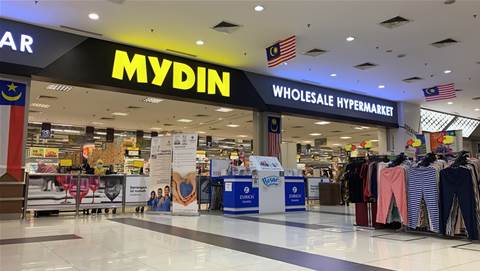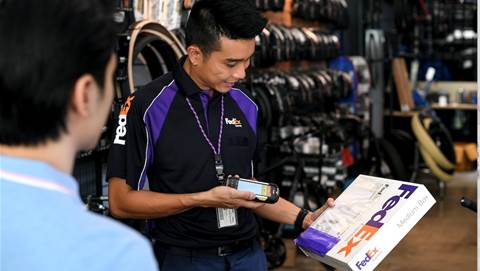The Japanese electronics company, Omron, which specialises in factory automation, including Industry 4.0 solutions, has signed a memorandum of understanding (MOU) with the Advanced Remanufacturing and Technology Centre (ARTC) under A*STAR, to develop common standards for robotics and automation that can be applied globally, leveraging Omron’s custom mobile robot solutions.
ARTC manages the ROS-I Consortium Asia Pacific which has been actively supporting the growth of robotics middleware framework (RMF) for adoption across industries.
RMF, developed by the Singapore National Robotics Programme (NRP) to address interoperability issues among heterogeneous fleets of robots and infrastructure in hospitals initially, has moved beyond the healthcare industry to other sectors, such as facility management, manufacturing and logistics, where different robots are needed for various applications.
The MOU was part of an announcement of the opening of Omron’s first automation centre in Singapore (and second overall) that will exclusively cater to the needs of the logistics industry in Singapore, Southeast Asia (SEA) and Oceania.
Support for RMF
An Omron spokesperson said the facility, Omron Automation Centre for Logistics, will support the adoption of RMF in the logistics industry.
This will enable and showcase interoperability between complex and heterogenous multi-robot systems (MRS) in the logistics centre, the spokesperson added.
The partnership aims to develop common standards for robotics and automation using the centre as a test-bedding facility to model the RMF in logistics.
Omron will work with the ROS-I Consortium Asia Pacific to facilitate the incubation and development of capabilities and applications that leverage the RMF for the logistics industry.
The centre aims to work with partners in the robotics and automation eco-system to catalyse the uptake of Logistics 4.0 in Asia Pacific by addressing some of its biggest issues - such as labour scarcity, limited space, supply chain disruptions, and the urgency to leverage sustainable technologies while maximising competitiveness, Omron said.
It will help to address the region's growing needs for warehouse automation, which is expected to rise with a compounded annual growth rate of over 14 percent over the next five years, with a higher increase in both developed and emerging countries in Asia Pacific.
Omron said the centre would house many solutions for intra-logistics such as a demonstration of an end-to-end fulfilment centre operation using collaborative robots and custom mobile robot solutions using natural feature navigation to perform autonomous movement of materials, 3D-vision-guided pick, and palletise solutions, interoperability of mobile robots using RMF, logistics training cells as well as an assortment of technologies enabling sustainable operations.
Working with partners
Omron also plans to work with technology companies, system integrators and start-ups with technology offerings relevant to the logistics industry to pioneer warehouse automation solutions catered to the specific needs of third-party logistics (3PL) and fourth-party logistics (4PL) fulfilment centres, e-commerce providers and other warehouse management end-users.
NRP’s Chief Executive, Quek Tong Boon said his organisation welcomed Omron’s support for the adoption of RMF to transform the logistics industry through shaping its Logistics 4.0 effort.
“It provides us yet another opportunity to validate RMF’s ability to enhance robotics interoperability in a multi-robot operating environment,” he said.
ARTC, A*STAR’s Assistant Chief Executive, Wong Chow Cher, said ARTC's partnership with Omron, through “our ROS-Industrial Consortium Asia Pacific, signifies an industry readiness to adopt the RMF currently employed in other industries such as healthcare and facility management.
“We look forward to working closely with Omron in leading the adoption of the framework in the logistics industry while encouraging implementation at scale for the industry and other cross-sectorial applications.”










